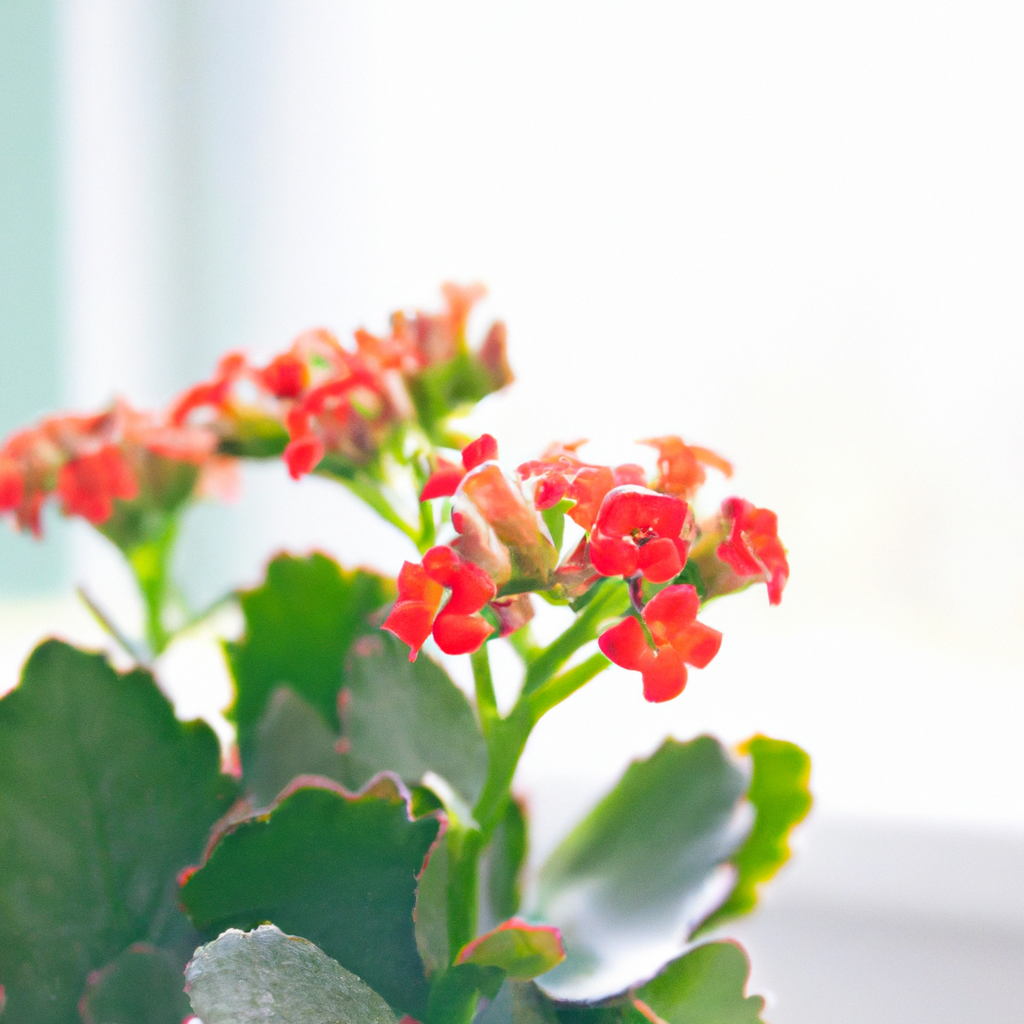Houseplants are an easy and affordable way to add a touch of natural beauty to any indoor space. The Kalanchoe is an especially popular choice due to its wide range of vibrant colors, textures, and petite size. But before bringing this lively plant into your home, it’s important to consider whether or not Kalanchoe is the right choice for you.
When selecting a houseplant, it’s essential to determine if you can provide the level of care it requires. Kalanchoe is fairly low-maintenance and is often mistaken for a cactus due to its thick, fleshy leaves and tall stems; however, it actually prefers bright, indirect sunlight and requires more hydration than most succulents. So if you’re looking for a “set it and forget it” plant, you may want to look into some other options such as a Jade Plant or a Peace Lily.
As with any living thing, environment plays a major role in the health of your houseplant. In nature, Kalanchoes can be found in the tropical areas of Africa, Madagascar, India, and the Caribbean. If you live in these regions, this plant is especially well-suited and will likely require less pampering from you. However, if you live in more temperate climates, providing adequate sunlight and humidity might be more difficult.
The lifespan of your Kalanchoe will also depend on how you care for it. Although it’s relatively hardy and can withstand some neglect (which is great for beginners!), regular watering, pruning, and pest control are all necessary for keeping your kalanchoe healthy. Additionally, to avoid overloading your soil with fertilizer—which can damage the roots—a diluted mixture should be applied only in small doses every two weeks.
Another factor that should not be overlooked is aesthetics. Kalanchoe is one of the only houseplants that blooms year-round indoors—with regular pruning its trumpet-shaped flowers can last up to two months! Each species of Kalanchoe also features its own unique pattern of variegated leaves that can add a lot of visual interest to your home décor. Whether you’re looking to add some life to your windowsill or jazz up a dull corner, this plant fits the bill!
Lastly, it’s important to recognize that although the upkeep is minimal compared to other plants, you still need to put effort into keeping them healthy and happy for years to come. To get started growing your own kalanchoe at home, make sure you have all the necessary tools such as a draining planter with plenty of aeration holes, well-draining soil mix such as cactus mix or potting soil combined with perlite or pumice soil additive, watering can or mister bottle for light watering sessions every few days, and natural pest control methods such as neem oil for fighting fungal infections.
By taking the time to evaluate all the factors mentioned above—sunlight requirements, maintenance needs, environment factors such as temperature and humidity levels, lifespan possibilities with proper care, aesthetic appeal—you’ll be able to figure out quickly if a Kalanchoe houseplant is right for your home. With its long-lasting beauty and straightforward upkeep requirements, this cheery houseplant will be sure to bring life and joy into your space! Jade Plant and Peace Lily are similar options worth exploring if Kalanchoe doesn’t quite fit your needs.
